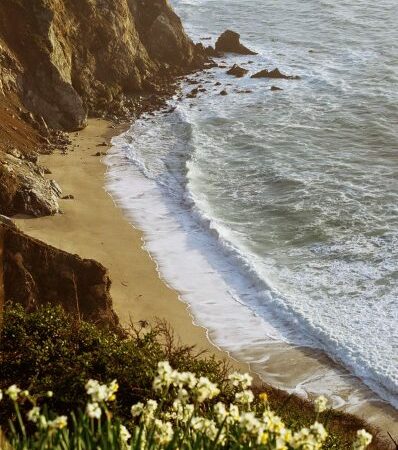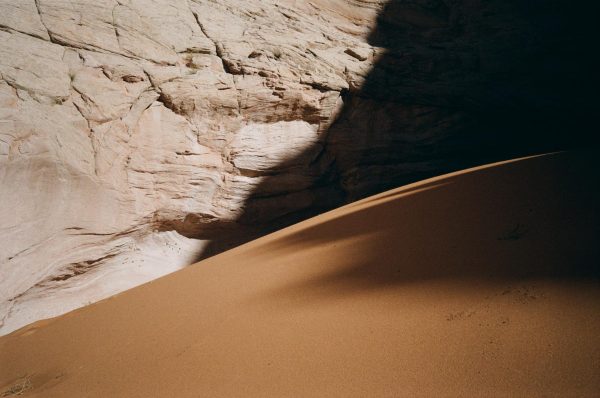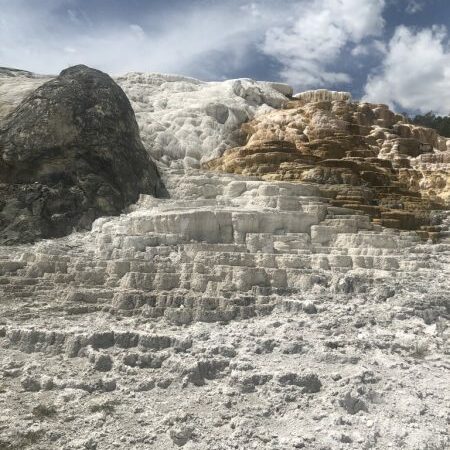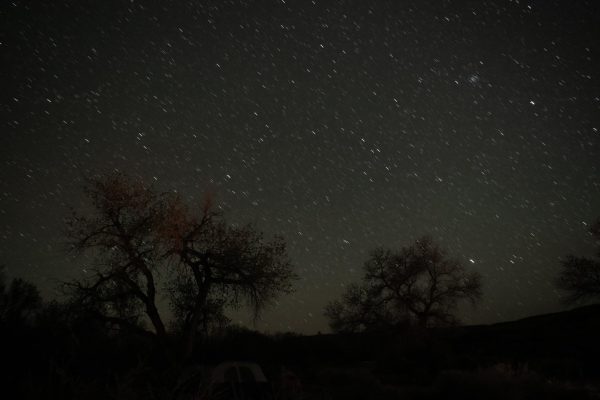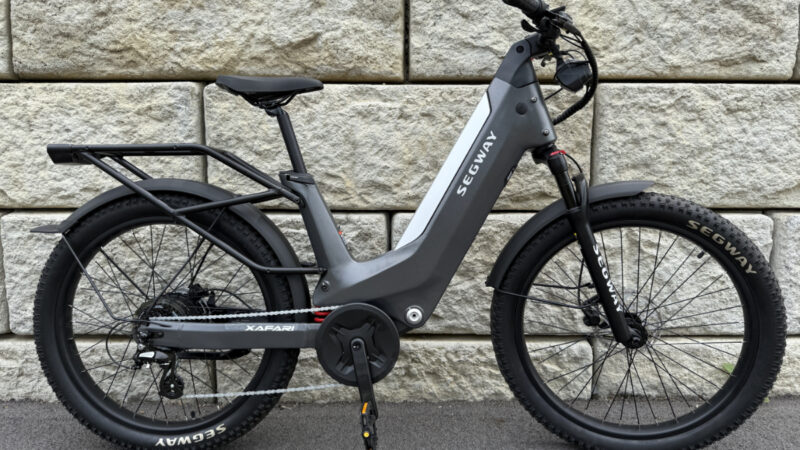Better Safe Than Sorry
I don’t think that it’s any secret how easy it is for things to go bad in our outdoors. Any seasoned backcountry skier understands the sheer power of falling snow and how one false move can trigger an avalanche that could bury them in a matter of seconds. Ask any outdoor guide what their biggest fear is and regardless of their sport, they’ll tell you it’s someone getting hurt, or worse.
At every trail head, signs warn of dehydration, exposure, difficulty, and potential threats posed by wildlife. The risk of injury or death looms over our adventures, always at the back of our minds as we push the limits further and further.
And yet, we don’t let this hold us back.
We certainly shouldn’t let it. There’s something so powerful to those who love spending their time in the outdoors about pushing deeper into the unknown and making the raw, desolate landscape that is our world their playground. Whenever I’m tucked away in some backcountry paradise, miles from any sort of civilization or help, I feel the most at peace. Despite the fear of the weather turning for the worst, a bear wandering into my camp or even just twisting an ankle 10,000 feet up, I’m always confident in my preparedness and ability to respond to problems when they arrive.
I believe that every single person should be able to have that peace of mind when doing what they love. With that, I think it is essential that everyone does what they can to ensure the safety of not only themselves, but the people around them. Though this may feel like a massive burden to put upon yourself, I think there are some incredibly accessible resources that people can take advantage of to become more prepared and injury-mitigation focused in the backcountry.
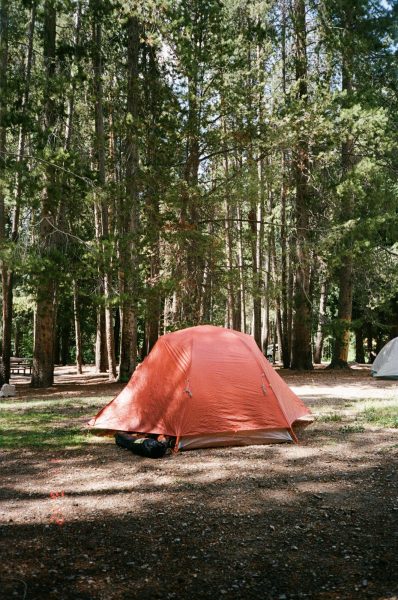
Classes
The single most important thing one can take with them into the backcountry is the knowledge and confidence to respond to a emergency situation if one was to happen. Having the most elaborate gear or first aid kits can be nice, but if you’re unable to confidently and rapidly administer care when it matters the most, you may be doing more harm than good. For students at the University of Utah, there are plenty of opportunities to learn vital wilderness skills. H EDU 2095 or “Intro to Wilderness Medicine” is a phenomenal class available for students to learn some of the basic fundamentals of first aid in the outdoors. For more advanced courses, the university offers both the Wilderness First Aid and Wilderness First Responder Course through the College of Health and NOLS (National Outdoor Leadership School). These courses offer much more in depth and hands on skills that are required for those who are interested in becoming an outdoor guide.
From my experience, the single best thing these courses taught me was to trust my training and to be confident in stressful situations. Treating any injury, big or small, can be incredibly nerve wracking, especially when you’re miles away from more advanced medical care. During a trip to the Uintah’s a few years ago, one of my friends was involved in an accident that left her with some cuts and bruises. After falling off the side of a steep face and causing rocks to fall after her, our group was terrified that we would find her terribly injured. Helping her back to the car, we were able to begin treating her wounds and would quickly realize the fall looked much worse than it actually was. Despite this, I still was incredibly nervous as I helped bandage some of her wounds, and my friends would joke later that my hands were shaking even though I looked calm. Going through the practice scenarios can seem monotonous, but their purpose will shine through when the patient that you’re treating is no longer a plastic dummy, but a living, breathing person you most likely know.
Equipment
Conversely, having adequate training is vital, but if you don’t have the proper tools to mitigate and treat injuries as they occur, all that training can be left unutilized. Weather I’m out camping or walking around campus, I make the conscious effort to always have lifesaving equipment on my person. In a study done by the National Park Service, one of the most common causes of preventable death’s that occurred inside parks are motor vehicle accidents. Despite the more obvious risks of our high intensity sports in the outdoors, an accident involving a car might be something that slips through the minds of even the most prepared outdoorsmen as a serious possibility. If you’re headed out to hit the slopes or off to sleep under the stars for a few days, odds are you’re taking a car to get there.
With that in mind, along side the typical contents of my first aid kit, I keep a tourniquet and hemostatic gauze to control massive bleeding if a traumatic injury were to occur. Though it may seem like overkill, its imperative to realize how easy it can be to experience a life threatening bleed. I’m not just talking about a car accident either. We use our pocket knives as tools for just about everything, sharp axes to climb ice faces, etc., and even a slight error could lead to a serious injury. I throw my first aid kit into my Patagonia blackhole-of-a- hip-pack, keeping it organized and easily accessible.
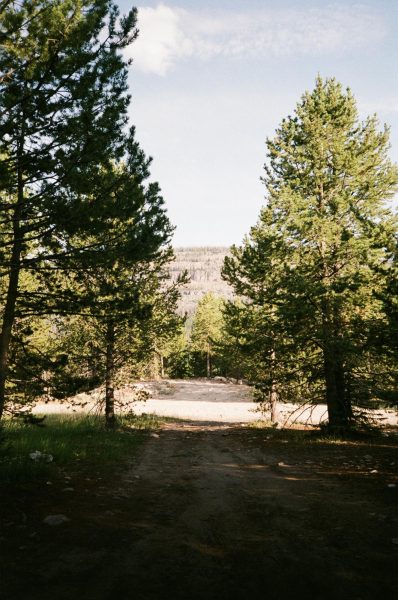
I am not a trained medical professional. When considering beefing up your kit, its important to do your research on what tourniquets are approved to safe life (there are very few) and how to properly apply them. Its
important to complete classes like those that I have mentioned to know what is appropriate care, and how to protect yourself as well. Always wear personal protective equipment like approved surgical gloves when administering first aid
For my trips outside of cell service, I always carry my Garmin In reach Mini 2 as well. This satellite communication device allows me to not only check in with my family and check the weather, but acts as a rescue device if I need to call for help. If you’re spending enough time outdoors, investing in one of these should be on the top of your list. Along with the Garmin, most new iPhones are beginning to offer a satellite feature as well.
Stay safe, and stay prepared.
The post Better Safe Than Sorry appeared first on Wasatch Magazine.

